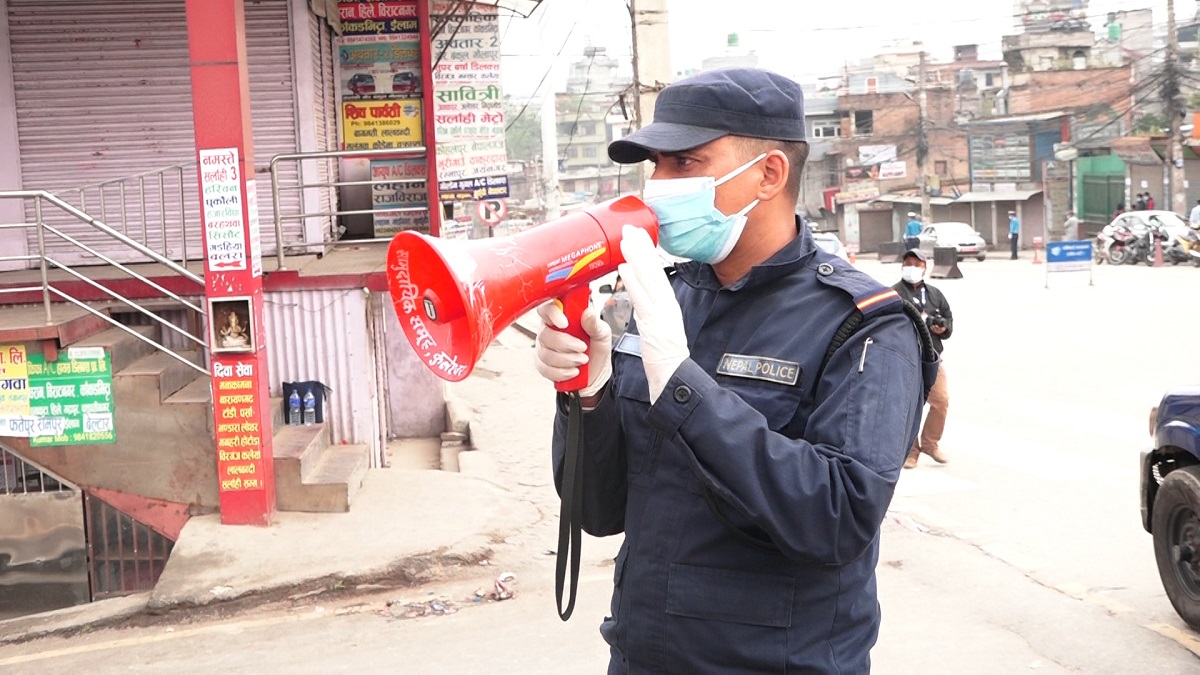The District Administration Office Kathmandu has extended the designation of prohibited zones in the district for the next two months, citing security concerns. These areas are now off-limits for any form of protest activities, including processions, demonstrations, sit-ins, and gatherings.
Effective immediately, key governmental offices of the Executive, Legislature, and Judiciary, residences of high-ranking officials, the administrative center of the country, and major arrival routes have been marked as prohibited zones.
The prohibited areas span from the old Pabira Workshop Chowk east of the President’s office to the Samakhushi outlet in the west, and from the South East Gate of the National Police Training Academy to the Police Hospital in the south. Additionally, the road from the Prime Minister’s Residence in Baluwatar through to the Russian Embassy and Italia Chowk, as well as the route from the Speaker’s Residence to Gairidhara in the west, and Lazimpat from the Chief Justice’s Residence, have been included.
Furthermore, a 100-meter eastward stretch from Rastra Bank Chowk and a 50-meter southward area of Italia Chowk have been designated as prohibited zones.
“Based on the recommendations of the District Security Committee, Kathmandu, and in accordance with section 6 of the Local Administration Act, 2028 BS, gathering of more than five people to carry out processions, demonstrations, sit-ins, strikes, and hunger strikes have been prohibited in the designated zones for a maximum of two months starting February 17,” reads the statement issued by the DAO, Kathmandu.
The extension of the prohibited zones reflects the authorities’ commitment to maintaining law and order, particularly in sensitive areas where government institutions and officials reside or operate. This move aims to prevent disruptions and ensure the smooth functioning of essential administrative functions during the specified period.



Comments